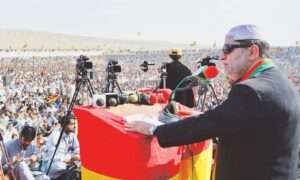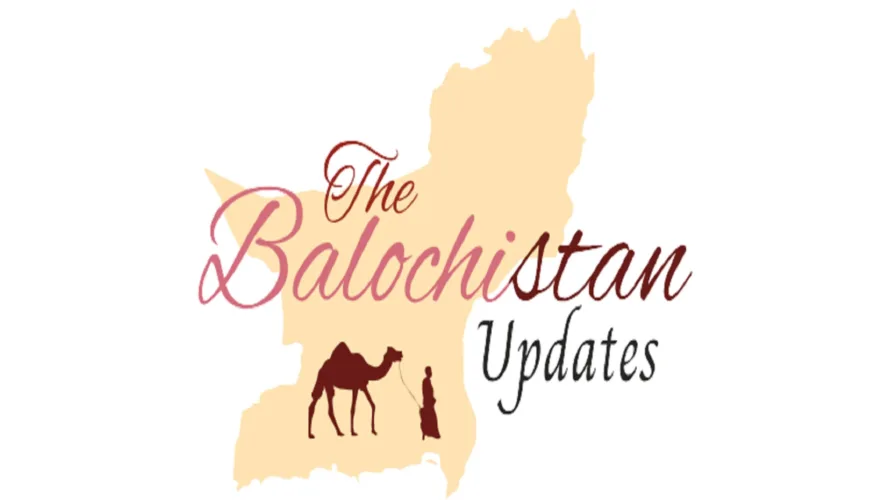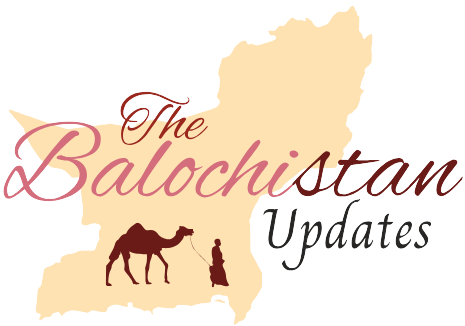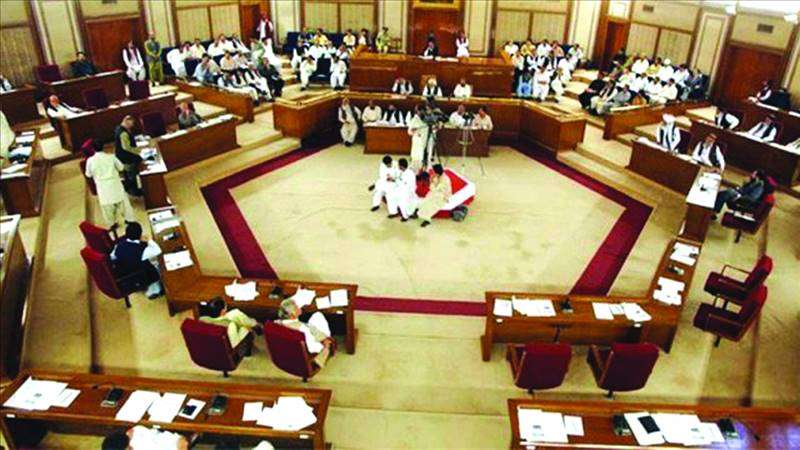The Judicial Milestone
This week must be marked as the week of National surprises In a historic and unprecedented move, the Supreme Court of Pakistan recently delivered a judgment that has sent shockwaves throughout the nation. The ruling, in response to petitions challenging the trial of civilians in military courts, marks a significant turning point in the country’s legal history.
The justices made it crystal clear that the trials of civilians in military courts following the tumultuous events of May 9 were legally invalid. Moreover, they boldly declared two sections of the Army Act, seemingly legitimizing such trials, as unconstitutional.
This landmark decision firmly upholds the supremacy of civilian authority, reinforcing the primacy of the constitutional framework and rejecting undemocratic shortcuts.
Questions Raised by Mengal’s March
Sardar Akhtar Jan Mengal’s peaceful long march in Quetta has not only made headlines but has also raised crucial questions about the freedom to express dissent and protest. Notably, Section 144, a tool often employed to restrict public gatherings and protests, was conspicuously absent when people took to the streets and press clubs to voice their outrage over Israel’s actions in Palestine.
The contrast becomes even more intriguing as Mehmood Khan Achakzai used a protest in solidarity with the Palestinians as an opportunity to express his political views at the Quetta Press Club. This inconsistency in the application of the law poses significant challenges to the notion of equal rights in expressing dissent.

Political Dynamics and Public Perception
In the aftermath of Sardar Akhtar Jan Mengal’s grand march, political figures attempted to counter his narrative. Former spokesperson Abdul Quddoos Bizinjo and former PTI Quetta worker Babar Yousufzai called an unplanned midnight press conference, attempting to make a case against Mengal.
However, their efforts fell short of compelling, revealing the complexities of political dynamics and the challenges in aligning public perception with political intentions.
The caretaker Information Minister, Jan Achakzai, and Babar Yousufzai struggled to connect with the public and media, shedding light on the intricate dance between political figures and public sentiment.
An Unexpected Press Conference
Interim Prime Minister Anwar ul Haq Kakar’s press conference took an unexpected turn, deviating from questions related to the government’s performance, the repatriation of Afghan refugees, and economic stability. Instead, he faced a barrage of unrelated inquiries from the media.
Kakar dismissed these questions as groundless and nonsensical, sparking objections from the media and leading to a contentious exchange. His interactions with working journalists, whom he had referred to as his friends, were far from respectful, causing repeated disruptions during the press conference.
Governance Structure Debate
Beneath the legal and political drama lies a larger and more profound debate about the governance structure in Pakistan. The nation finds itself at a crossroads, grappling with a fundamental question: should it adhere to the constitutional order envisioned by its founders, emphasizing equality under the law, due process, and the rule of law?
Alternatively, should Pakistan continue down the path of a security state, where military institutions play a broader role in governance, including justice, lawmaking, foreign policy, and the economy?
The recent Supreme Court judgment aligns with the vision of Pakistan’s founding fathers, reinforcing the importance of democracy and the rule of law.
Pakistan’s Critical Phase
In the wake of legal milestones reaffirming civilian supremacy and constitutional governance, Pakistan has entered a critical phase. While the judiciary underscores the significance of democracy and the rule of law, political events have spotlighted the intricacies of public dissent and the challenges facing political figures.
These developments collectively emphasize the urgent need for responsible governance in shaping Pakistan’s future. As the nation grapples with these issues, it stands at a crossroads, with the path it chooses to set to define its trajectory in the years to come.
FAQs:-
The Supreme Court’s judgment was based on a series of petitions challenging the legality of trying civilians in military courts, particularly in the aftermath of the events of May 9.
The justices deemed these trials legally invalid and went a step further by declaring two sections of the Army Act, which seemed to legitimize such trials, as unconstitutional. This decision emphasized the court’s commitment to upholding civilian authority and the supremacy of the constitutional framework.
2: How did Sardar Akhtar Jan Mengal’s long march impact the discourse on dissent and protest in Pakistan?
Sardar Akhtar Jan Mengal’s peaceful long march in Quetta raised important questions about the freedom to express dissent and protest. The absence of Section 144, usually invoked to restrict public gatherings, during protests against Israel’s actions in Palestine highlighted inconsistencies in the application of the law.
This has sparked a debate on equal rights in expressing dissent and the need for a more uniform and impartial approach to public demonstrations.
3: What were the key challenges faced by political figures countering Sardar Akhtar Jan Mengal’s narrative?
Political figures, including former spokesperson Abdul Quddoos Bizinjo and former PTI Quetta worker Babar Yousufzai, faced challenges in countering Sardar Akhtar Jan Mengal’s narrative.
Their unplanned midnight press conference failed to make a compelling case against Mengal, revealing the complexities of political dynamics and the difficulties in aligning public perception with political intentions. This highlights the nuanced nature of political discourse in the country.
4: How did Interim Prime Minister Anwar ul Haq Kakar’s press conference deviate from the expected topics of discussion?
Anwar ul Haq Kakar’s press conference took an unexpected turn as it veered away from anticipated topics such as the government’s performance, the repatriation of Afghan refugees, and economic stability.
Instead, he faced unrelated inquiries from the media, characterizing them as groundless and nonsensical. This deviation sparked objections from the media and led to a contentious exchange, raising questions about the transparency and focus of the interim government.
5: What is the larger debate about the governance structure in Pakistan, as mentioned in the article?
The larger debate about the governance structure in Pakistan revolves around a fundamental question: should the nation adhere to the constitutional order envisioned by its founders, emphasizing equality under the law, due process, and the rule of law?
Alternatively, should Pakistan continue down the path of a security state, where military institutions have a broader role in governance, including justice, lawmaking, foreign policy, and the economy?
The recent Supreme Court judgment aligns with the vision of Pakistan’s founding fathers, reinforcing the importance of democracy and the rule of law in shaping the country’s future.


